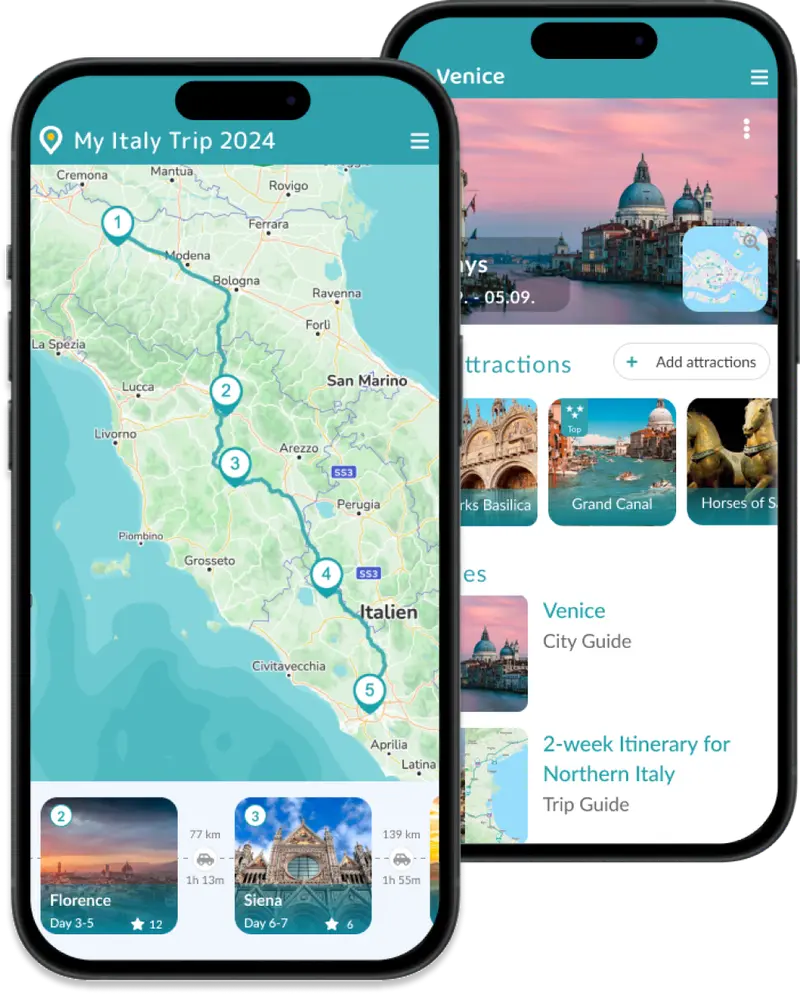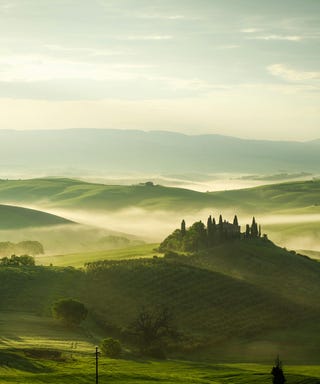Trieste, located in the Northeastern corner of Italy and surrounded by Slovenia is one of Italy's most surprising hidden gems. It offers so much and yet is still unknown to many travellers. Whether it is the city, sea or mountains -- Trieste offers it all.
Marvel at the grand architecture of the Habsburg era, enjoy the medieval charm of the Castello di San Giusto and drink your coffee on Europe's largest sea-facing square. The city's beautiful waterfront whispers tales of maritime glory, while the Canal Grande and Molo Audace provide you with picturesque scenes that seem painted by an artist's brush. As in all of Italy, food is part of the Italian joie de vivre. But nowhere else will you find such a unique blend of Italian, Austrian, and Slovenian flavours. Also, if you are a coffee enthusiast, Trieste is one of the hot spots. Beyond the city limits, the stunning Miramare Castle stands witness to royal intrigue and tragedy, and the hills surrounding Trieste offer hiking trails with breathtaking views.
Top Highlights of Trieste

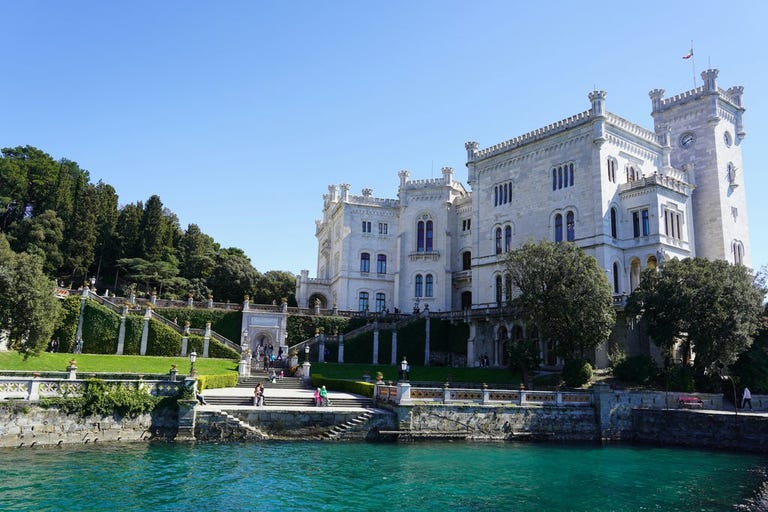
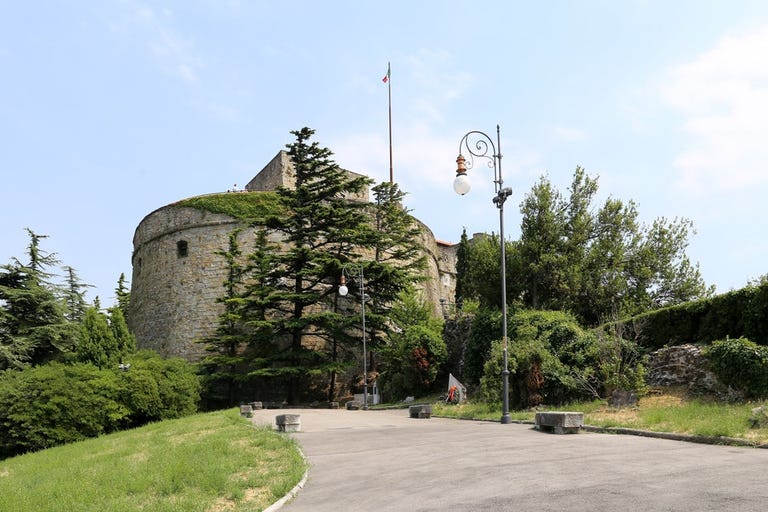
How much time is needed? Plan for half a day to climb and visit the Castello and the Cathedral of Trieste.
Upon entering through the gate, look to the left: Here stand the original Moors Mikeze and Jakeze, who once adorned the town hall.
Tip: The castle is about a 30-minute walk from the old town. Those looking to save energy can use the elevator in the parking garage in the old town to get directly to the hill.
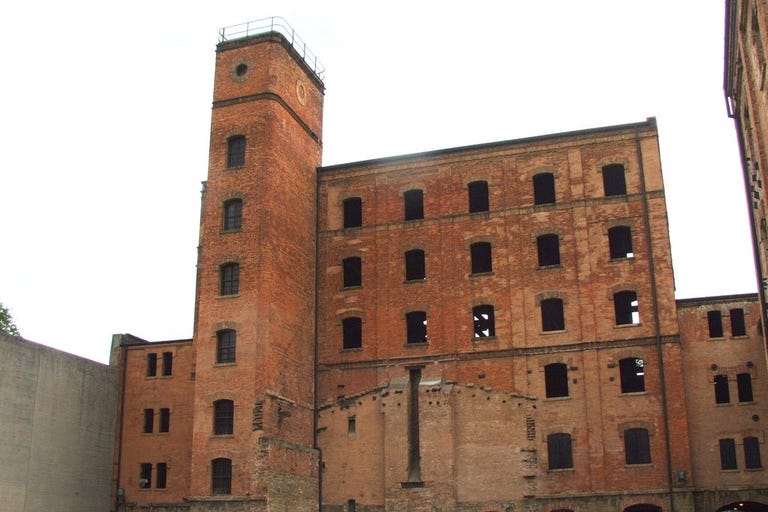

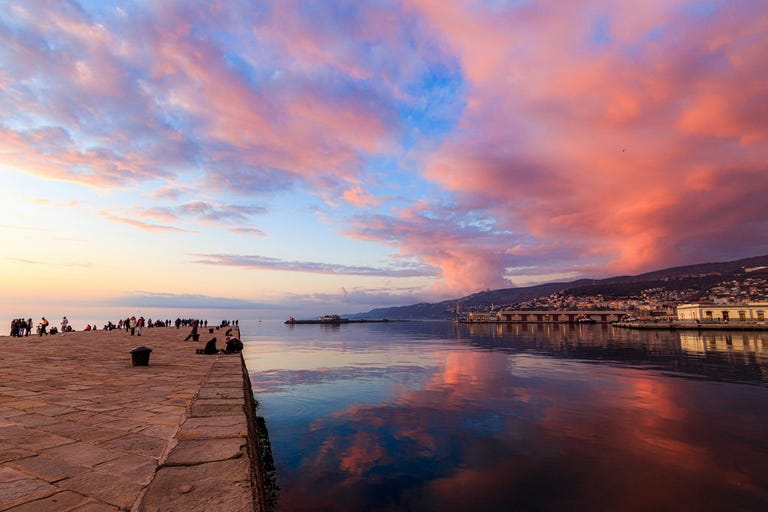
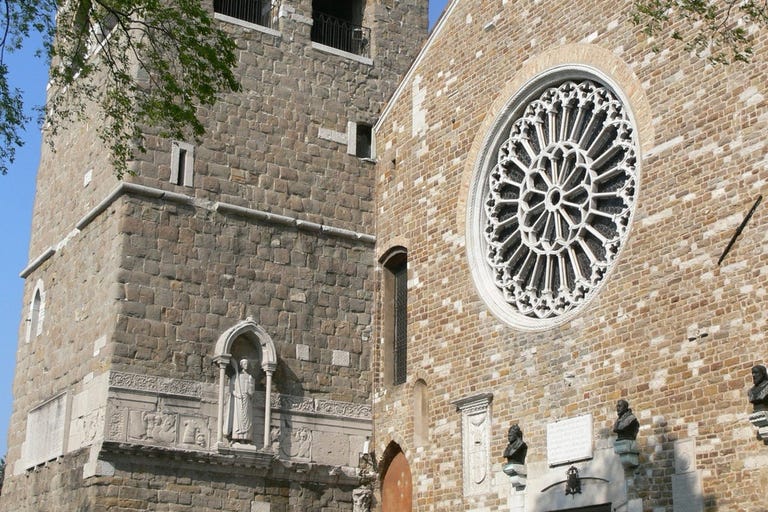
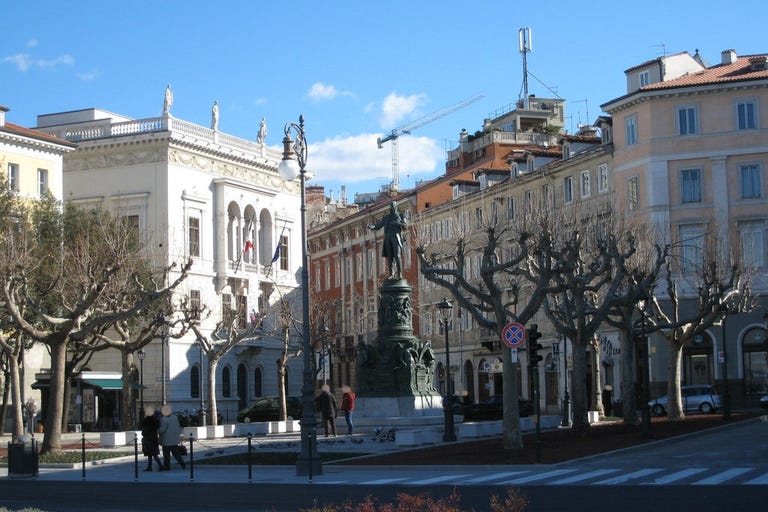
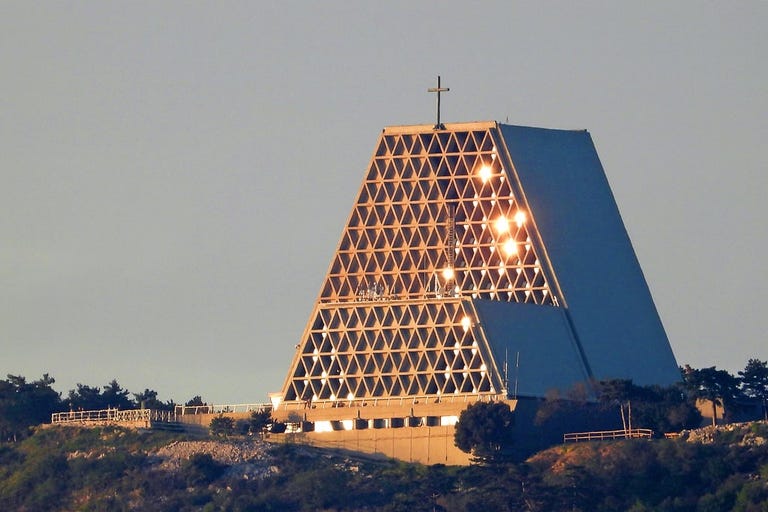
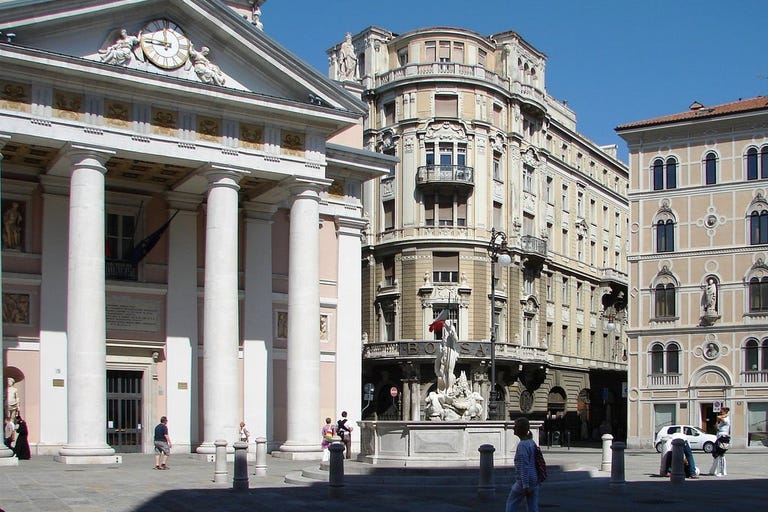
Inspiration
Travel Information
How long should you stay?
Trieste is ideal for a weekend trip (min 2 days) or as a stop on a road trip through Slovenia, Croatia, or Italy. Don't miss the stunning Miramare Castle just outside the city. For this, either plan for 3 days, or visit the castle on your way out if driving by car. Trieste serves also as a nice base to explore the surrounding areas more in-depth (see Day Trips from Trieste).
Best time to visit
- September: The best month, since it is still warm enough, and the main tourist season is over (between 20-25 C)
- Spring and Fall: Ideal for exploring both the city and to go hiking; in fall there is risk of rain, but the autumn colours bring their own magic to your hikes. (17-23 C)
- Summer: Peak season; not ideal since there are no close good beaches to cool down (20-28 C)
- Winter: not recommended due to the bitterly cold Bora wind (unless you want to visit the Christmas market at the main square)
How to get to Trieste?
Trieste is well connected and easily reachable by train, car and plane.
By Plane
Trieste has an airport, but you will likely find more direct connections to Venice. From there, take a train to Trieste.
By Train
There are daily direct trains from Austria (Vienna) and Slovenia. From Venice and Udine you have regular, direct train connections and you will also find fast trains from Florence, Milan, Turin and even Rome.
Car
Traveling by car is straightforward, whether you are coming from Austria, Slovenia, or Venice. The city offers convenient parking garages (see Parking). As in all Italian cities, you should pay attention to ZTL signs (restricted traffic zones). However, we did not have any problems with this in Trieste.
Trieste map with restrictions (2022)
For more ZTL information for Trieste, click here.
Parking in Trieste
You can find parking spaces in Trieste on the road for a fee. To avoid stress, we recommend to use the centrally located parking garages.
- Park San Giusto: Conveniently located underground parking garage in the city centre.
via del Teatro Romano 16
www.couponinterparking.com/trieste - Info Terminal Passeggeri per i parcheggi sulle rive e molo IV: parking at the molo IV, fenced and equipped with surveillance cameras.
www.triesteterminal.it/parking - Parking Garage Esatto SPA:
www.esattospa.it/servizi/parcheggi
Fancy a roadtrip?
Be inspired by our hand-picked road trips.
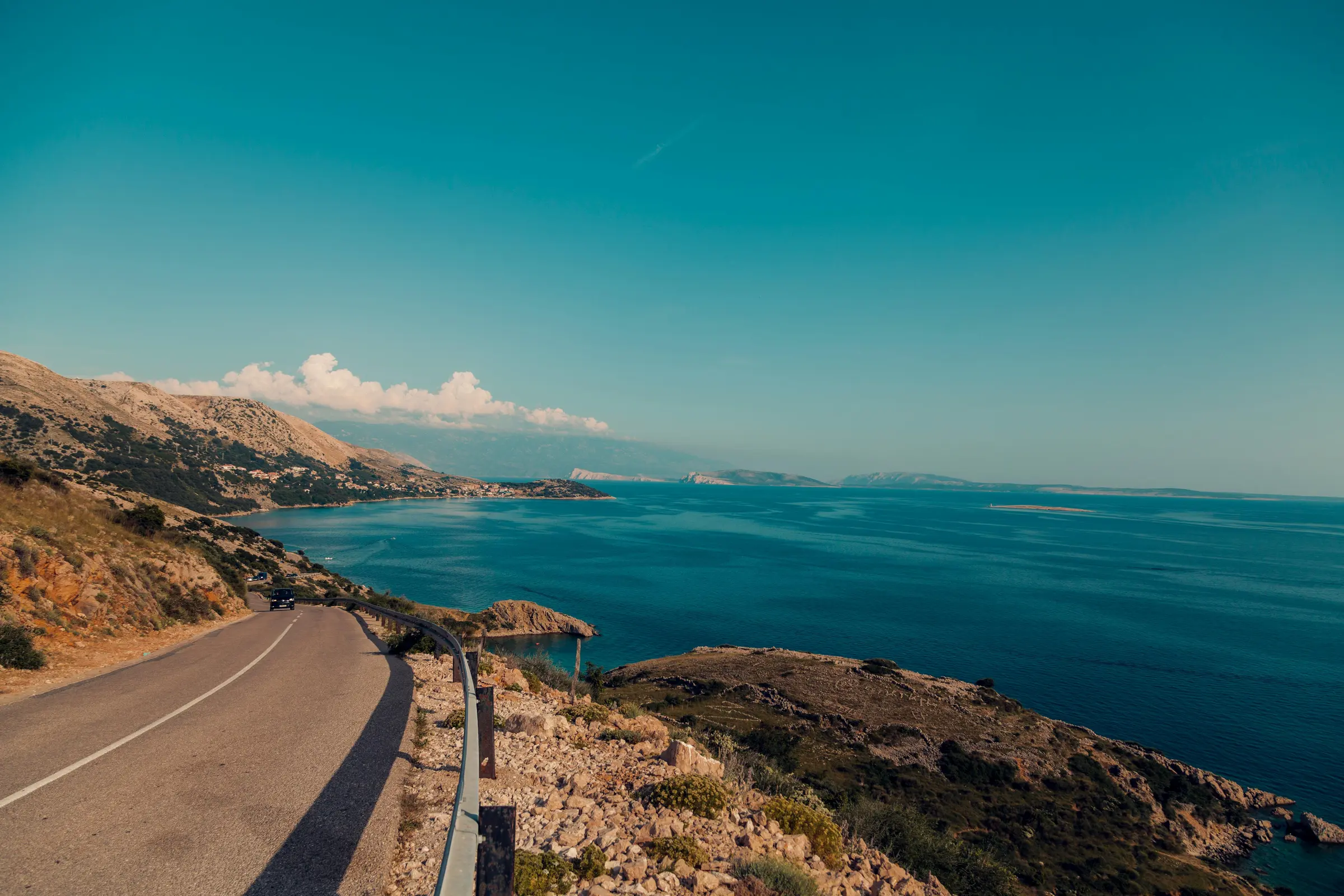
Day Trips from Trieste
Miramare Castle
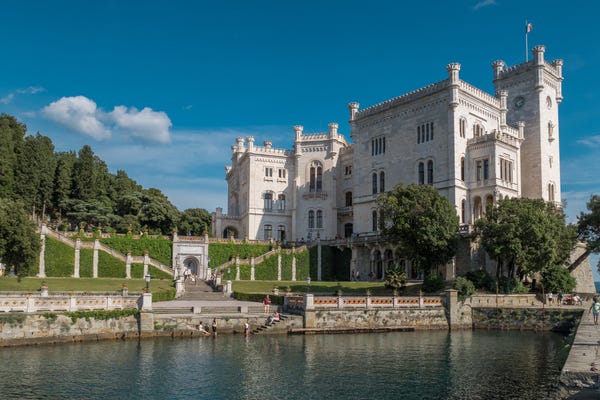
Grotta Gigante
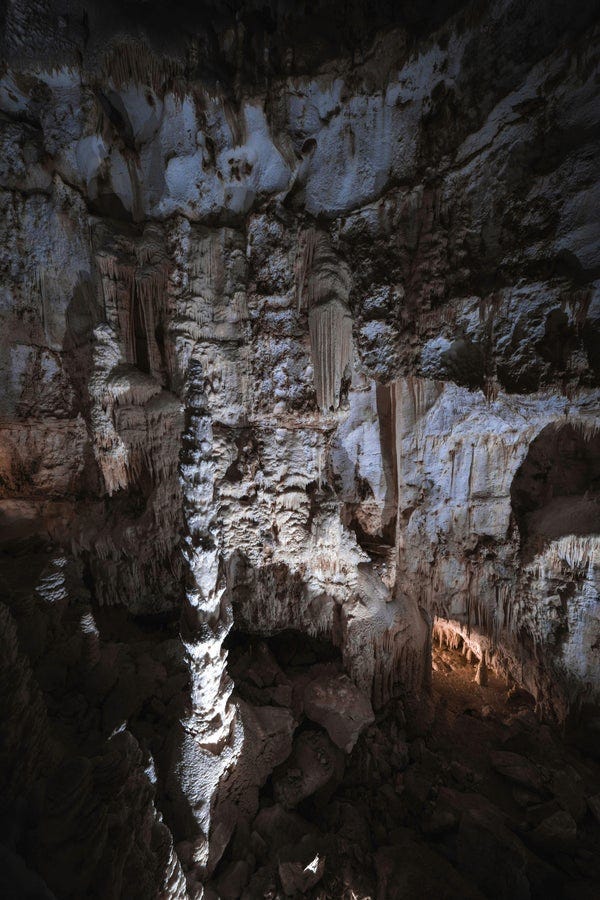
Visit Duino Castle
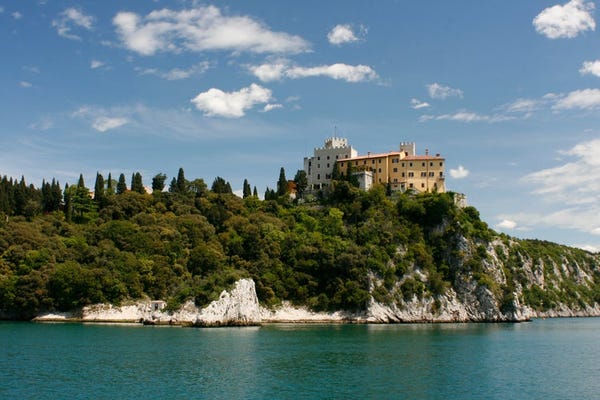
Hike up the Rilke Trail
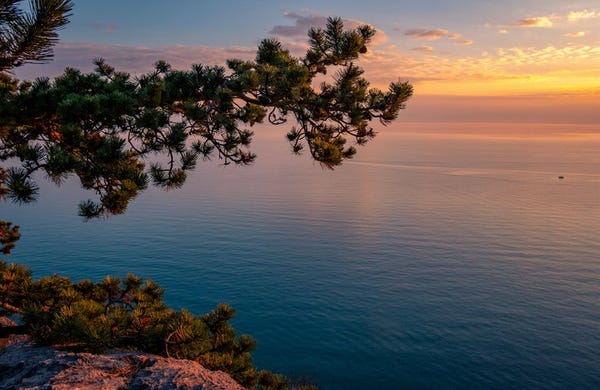
Temple of Montegrisa
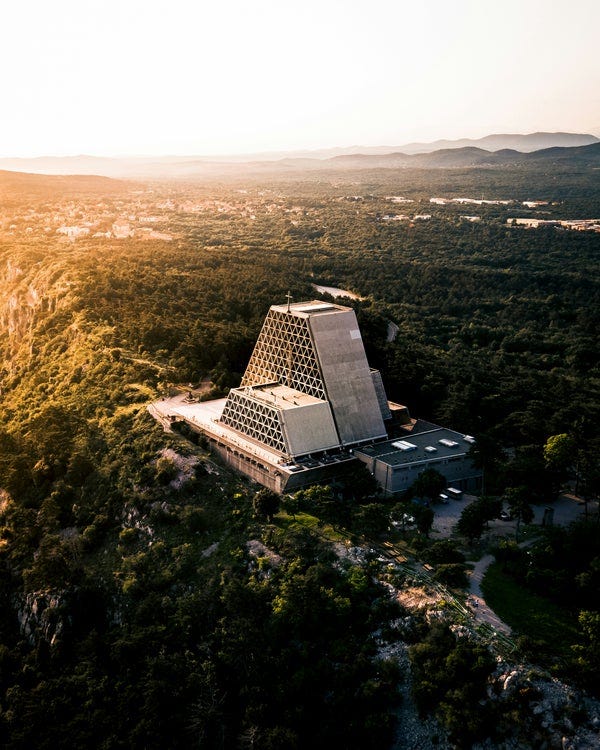
Aquileia
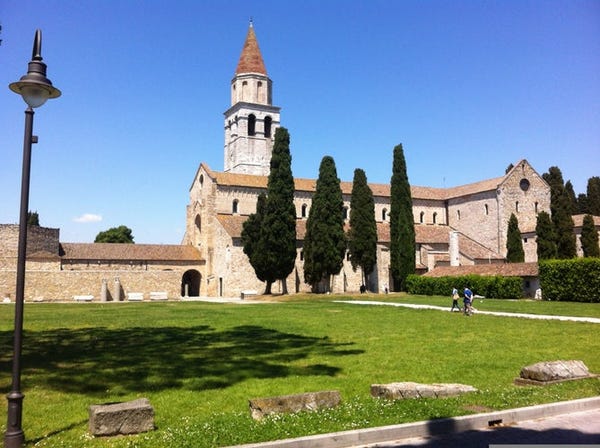
Muggia
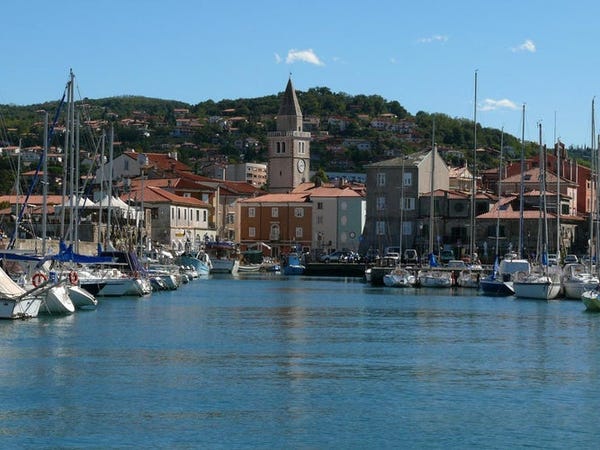
Škocjan Caves (Slovenia)

The caves are not only known for their natural beauty but also for their significant archaeological findings indicating a long history of human settlement. Information on prices, opening hours, and a map is available on the Škocjan Caves Park website.
Hiking along the trails of the Carso Plateau
The Karst or Carso Plateau surrounding Trieste is a haven for hikers with its scenic trails winding through vineyards, quaint stone villages, and breathtaking landscapes. Stretching from Italy to Croatia, the Trieste Karst region is rich in limestone and dotted with dramatic caves and deep sinkholes that mystically absorb water. Among the most notable are the Grotta Gigante, the Škocjan Caves in Slovenia, and the Postojna Cave, also in Slovenia.
Hike Through Val Rosandra
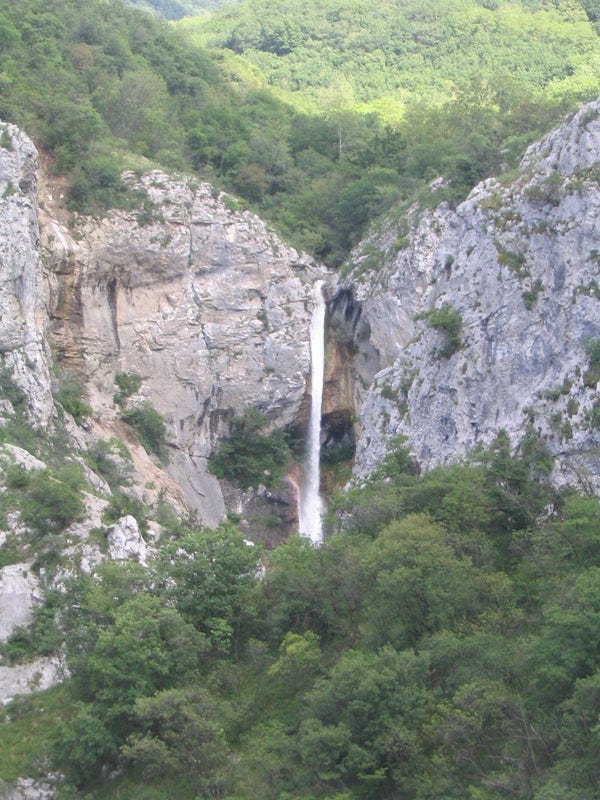
Local Specialties
What to Eat
Seafood
As a port city, seafood takes center stage in Triest. Typical dishes are:
- Baccalà (salted cod)
- Scampi alla Busara (seafood dish featuring langoustines cooked in a tomato and wine sauce)
- Sardoni (large sardines served breaded and fried).
- Brodetto di Pesce, a fish stew made with a variety of local fish, shellfish, tomatoes, and white wine.
You will also find everything from bass, tuna, clams, mussels and cuttlefish.
Slavic influence
Trieste's cuisine is also strongly influenced by its Eastern neighbours. So don't forget to try Italy's most un-italian dishes, since you won't find them anywhere else. Look out for local dishes such as
- Jota soup, a hearty red bean and sauerkraut soup
- Gnocchi de susini: enjoy the surprising flavors of plum, sugar and cinnamon. This is definitely a unique experience and highly recommended while in Trieste.
- Goulash Triestino, a variation of the traditional Hungarian goulash. It usually consists of beef stewed with onions, garlic, and paprika, served with a side of polenta
- Frico: A popular appetizer or snack made with Montasio cheese and potatoes. It is baked or fried until crispy and can be served in various forms, such as a pancake or a chip.
- Luganega sausage: A local sausage often made with pork and seasoned with garlic and pepper. It is usually grilled or pan-fried
More Specialties
Other local specialities are Prosciutto di San Daniele, which has a sweeter and more delicate flavor than other varieties. It is cured with local sea salt and matured for at least 13 months.
If you have a sweet tooth, look for Viennese influenced Strudel and Krapfen. During special occasions you will also find Presnitz. A sweet pastry filled with nuts, dried fruits, and spices.
Triests Coffee & Cafés

To order your coffee, you need to know Trieste's regional names. For espresso, order a 'un nero', for macchiato an 'un capo'. If you want to enjoy your macchiato in a glass, ask for 'capo in b'. To taste a small espresso with a dollop of whipped cream, take a caffe Triestino.
Experience the unique atmosphere in one of Trieste's oldest coffeehouses:
- Caffe Tommaseo: The oldest café in Trieste (founded in 1825)
- Caffe degli Specchi (1839) has the greatest location at the Piazza Unita d'Italia. The name originates from its mirrors, which let in more natural light and allowed to save on oil lamps. -- Someone here had an economical mind!
- Caffè San Marco (1914) was destroyed by the Habsburg army only one year after its opening. It was known as a meeting place for prining fake passports for anti-Austrian patriots. Today it is one of the most beautiful cafes in Trieste,
- Caffe Pirona: James Joyce was a regular guest and he wrote his Ulysses right at one of the café's tables.
Wine and Prosecco

Prosecco: Sparkling wine made from Glera grape in. It is one of the most exported Italian white wines and is made exclusively in the regions of Veneto and Friuli-Venezia Giulia
Friulano: The grape is rarely seen outside Italy and is considered as one of the signature grapes in Friuli-Venezia Giulia. The Friulano wine is known for its versatility and ranging from light-bodied to complex. Exhibits apple, pear, peach, and almond aromas.
Refosco: Red grape varieties, including the popular Refosco dal Peduncolo Rosso, producing wines ranging from light and fruity to robust. Deep red color, rich in tannins and acidity. Primarily from Friuli-Venezia Giulia, also found in Slovenia and Croatia
Pignolo: Red wine grape producing tannic wines. Believed to originate from the Colli Orientali of Friuli. Known for age-worthy wines with exceptional quality
Restaurants
Buffet da Pepi: The small trattoria dates back to 1897 and is famous for its traditional food, including the iconic panino con la salamella (sausage sandwich) The name Pepi S'ciavo, used until 1952, means Pepi the Slovenian and is also linked to the curious Trieste habit of giving nicknames to everyone, a tradition in use until the sixties.
Fun Facts
- Trieste was James Joyce's home for over a decade, and the city is peppered with references to his works. Take a look at the Caffe Pirona, where he wrote Ulysses!
- Both, the famous Illy coffee brand (1933) as well as Hausbrandt (1892) originated in Trieste, emphasizing the city's deep-rooted coffee culture.
- Did you know? Trieste was considered the end point of the maritime Silk Road.
- Look out for giant jellyfish at the pier!



